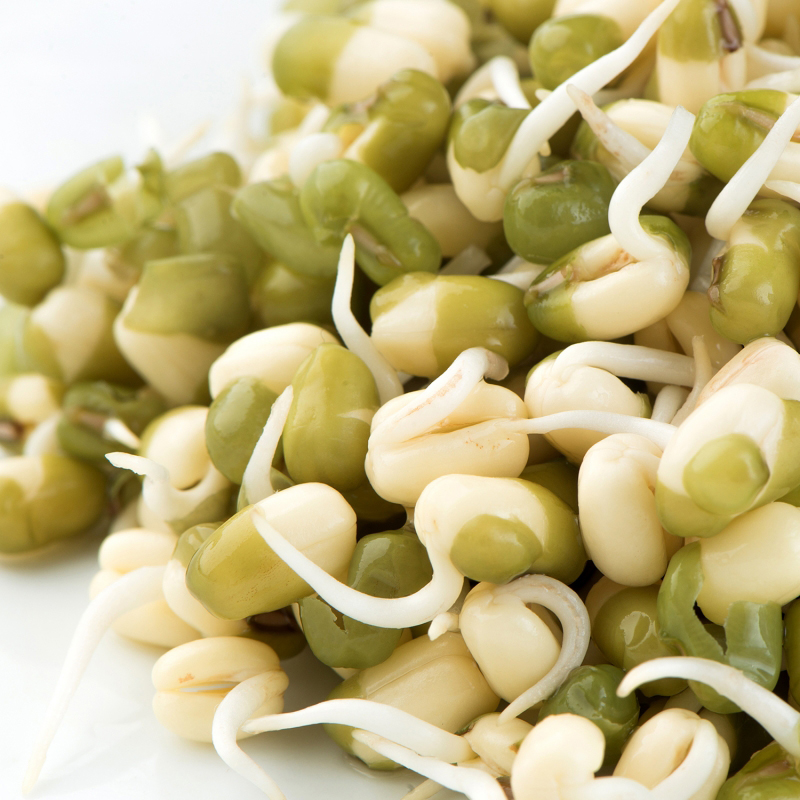

Insoluble fibre can make going to the toilet easier and more comfortable by adding more bulk to your stool.Soluble fibre can help you to feel fuller for longer and improve nutrient absorption from the food you eat by slowing down your digestion.Something mung beans contain in abundance is fibre – both soluble and insoluble. The beauty of plant proteins, like mung beans, are that they provide so much on top of their protein content.
#Bean sprout nutrition free#
What’s more, their benefits only increase when you buy the sprouted version of them the calorie count goes down and the free amino acid levels go up. These small-but-mighty beans are rich in several essential amino acids, such as leucine, isoleucine, phenylalanine, lysine, arginine, valine and many more. Here’s the lowdown on mung bean’s benefits.Īs you may have gathered from the nutritional info on mung beans covered above, they’re an incredible source of plant-based protein. Just one 100g serving of mung beans contains so many vitamins and minerals, including B vitamins, iron, calcium, potassium and magnesium and minimal calories. They’re classed as being a legume and are an incredibly versatile cooking ingredient for dishes, such as soup and salads, stir-frys and curries. Mung beans have a slightly sweet taste and can come fresh, dried or sprouted. Pulses are a type of dried legume that grows in a pod that contains up to 12 seeds. When it comes to categorising mung beans, they’re pulses. In fact, they used to belong to the bean species, but were reclassified and are no longer classed as being beans either, despite having ‘bean’ in their name! In the case of mung beans, they don’t fall into the lentil category.

wider in the middle and narrow at either end. Lentils are legumes that are shaped like a lens, e.g. It’s easy for people to get mung beans and lentils mixed up, but they really aren’t the same thing at all. They’re extremely versatile and can be enjoyed in soups, salads, stir-frys and curries. You’re most likely to find them for sale on many a corner in the East, but in the West, you will mostly find them dried for sale in health food stores. Mung beans originally hail from India, but have become extremely popular in Chinese and Southeast Asian cuisine over the years. You may have also heard it being referred to as the green gram, moong or mash. The mighty mung bean has been cultivated since ancient times.
#Bean sprout nutrition how to#
Keep reading to learn all about this small, yet impressive green bean, how to use it in your favourite cuisine, and the many amazing health benefits that come with munching away on mung beans. A-mung the most nutritious foods the plant world has to offer…mung beans could be your new legume go-to.


 0 kommentar(er)
0 kommentar(er)
